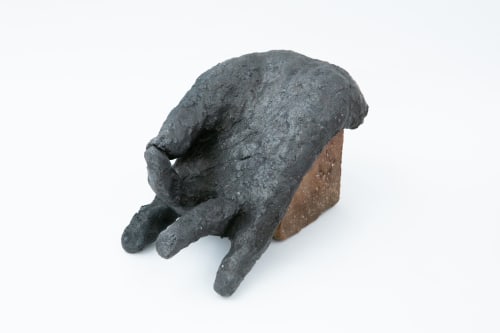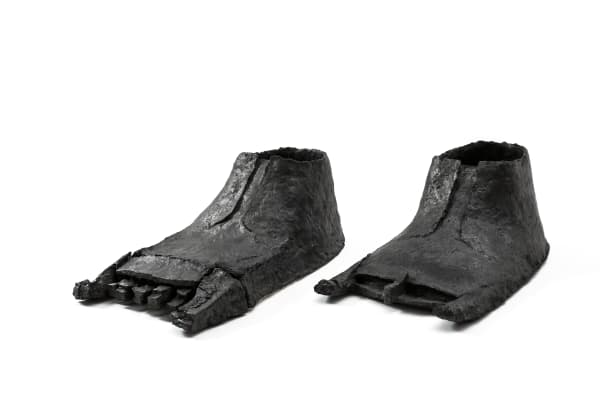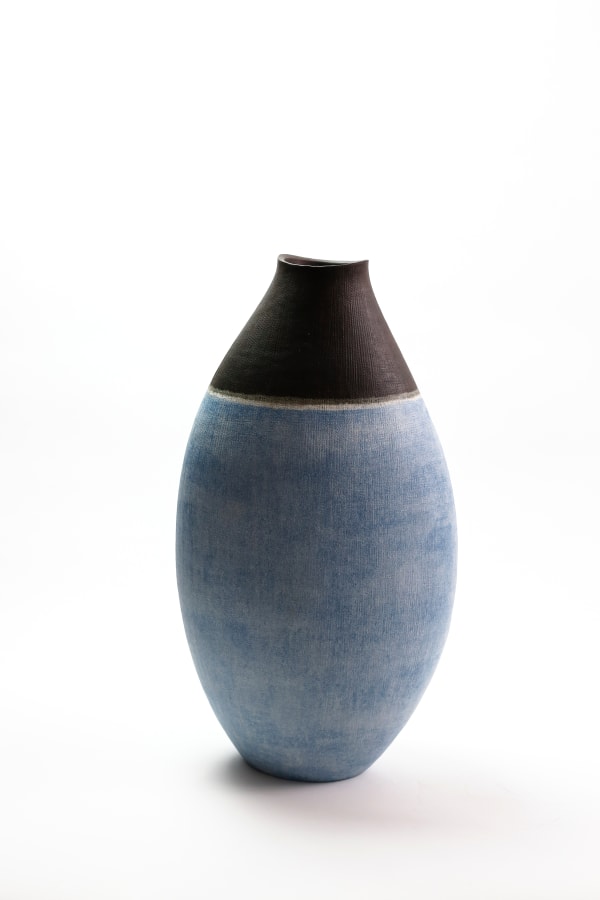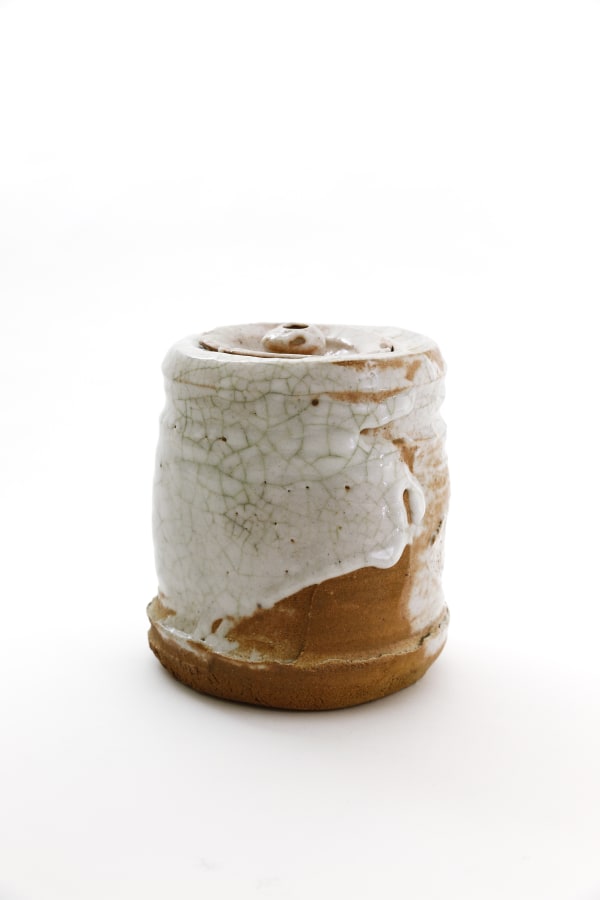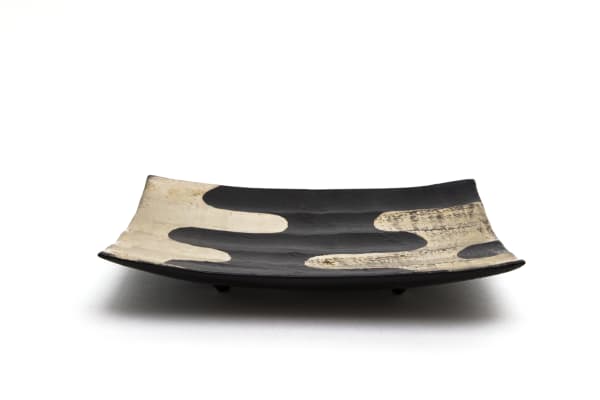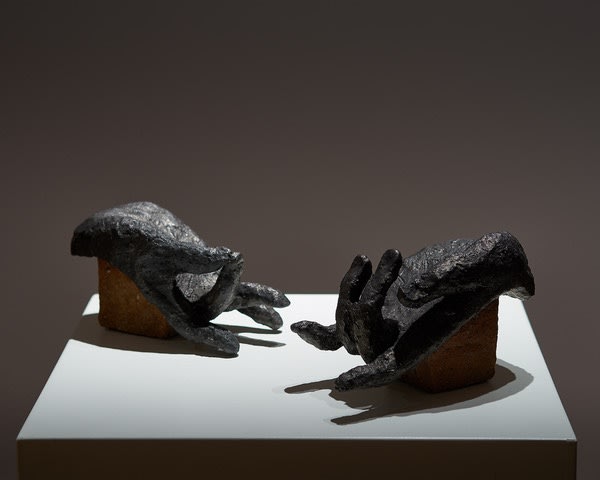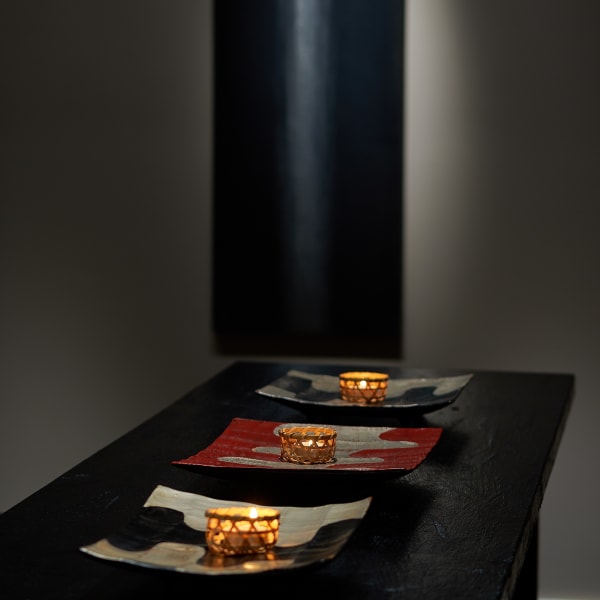“O-bon" refers to a tray in Japanese, a holder on which we put our offerings to our ancestors’ spirits.In summer, we Japanese, customarily visit our family graves under the strong sunlight and amidst a chorus of cicadas.Imagining the faces of our grandfathers and grandmothers, we pray and offer flowers while reciting names of our unseen ancestors.In front of the graves, we share the things that happened to us in the previous year, tell our own secret stories, or simply show our gratitude to our ancestors.It brings a peaceful moment when we close our eyes, put our palms together and think about our ancestors who came before us, talk to them, and pray.The moment calms our minds and leads us to our roots.It is a warm and tranquil time that we can connect with another world.I miss summer in Japan.-Shoko Aono
The Japanese festival of Obon( お盆) traces back to ancient Chinese and Buddhist rituals that honor one’s ancestors. It is believe that this time every year, the ancestor’s spirits come back and visit their living relatives. During the holiday, from August 13th to 15th, many families visit ancestral graves and float paper lanterns with candles and incense down rivers and streams, representing the passing of the soul into the afterlife. Obon also signifies the season from late July through August when temples, shrines, neighborhoods, and schools hold public festivals and performances to bring communities together.
Traditionally, lanterns are hung in front of houses, and offerings (ozen) such as rice, wine, and fruit are laid out in front of altars, temples and sometimes gravesites. May people visit their family’s gravesites each year to wash the gravestones and grave markers.
This year in honor of 4,187,048 people that have died so far from the coronavirus COVID-19 Pandemic, we would like to present this exhibition in honor of them. The unprecedented global health emergency caused impacts that will continue to ripple through our history. Dealing with the loss of a family member or a close friend during this time has been particularly difficult. In honor of our beloved community, we want to welcome visitors back into our space as a ritual and way of alleviating the grief caused by the passing of a loved one. We want to welcome you back and invite you to use our beautiful gallery as a place to grief.
Ippodo Gallery, New York, is pleased to welcome you to Kōgei: The Art of Japanese Craft, a selection of crafts that celebrate summer and the Obon holiday season.
The Japanese festival of Obon traces back to ancient Chinese and Buddhist rituals that honor one’s ancestors. During the holiday, from August 13th to 15th, many families visit ancestral graves and float paper lanterns with candles and incense down rivers and streams, representing the passing of the soul into the afterlife. Obon also signifies the season from late July through August when temples, shrines, neighborhoods, and schools hold public festivals and performances to bring communities together.
To mark Obon, Ippodo Gallery has assembled a selection of works that engage with Buddhist practices, and the pursuit of nirvana, the escape from the cycle of suffering, death, and rebirth. The lotus's ascent from the dark, murky water in which it grows to its vibrant, luminescent bloom on the surface symbolizes Buddhism's goal of spiritual awakening. Takashi Tomo-oka's photographic works, showing lotus flowers in full bloom and decay, suggesting the cycle of life and death. Many works in the show are tea bowls, vases, and incense burners used in the tea ceremony, a practice with deep connections to Zen Buddhism. Yukiya Izumita’s glazed tea bowls emphasize the humble origins of the clay, connecting the person who drinks from the vessel the timeless materiality of the earth.
